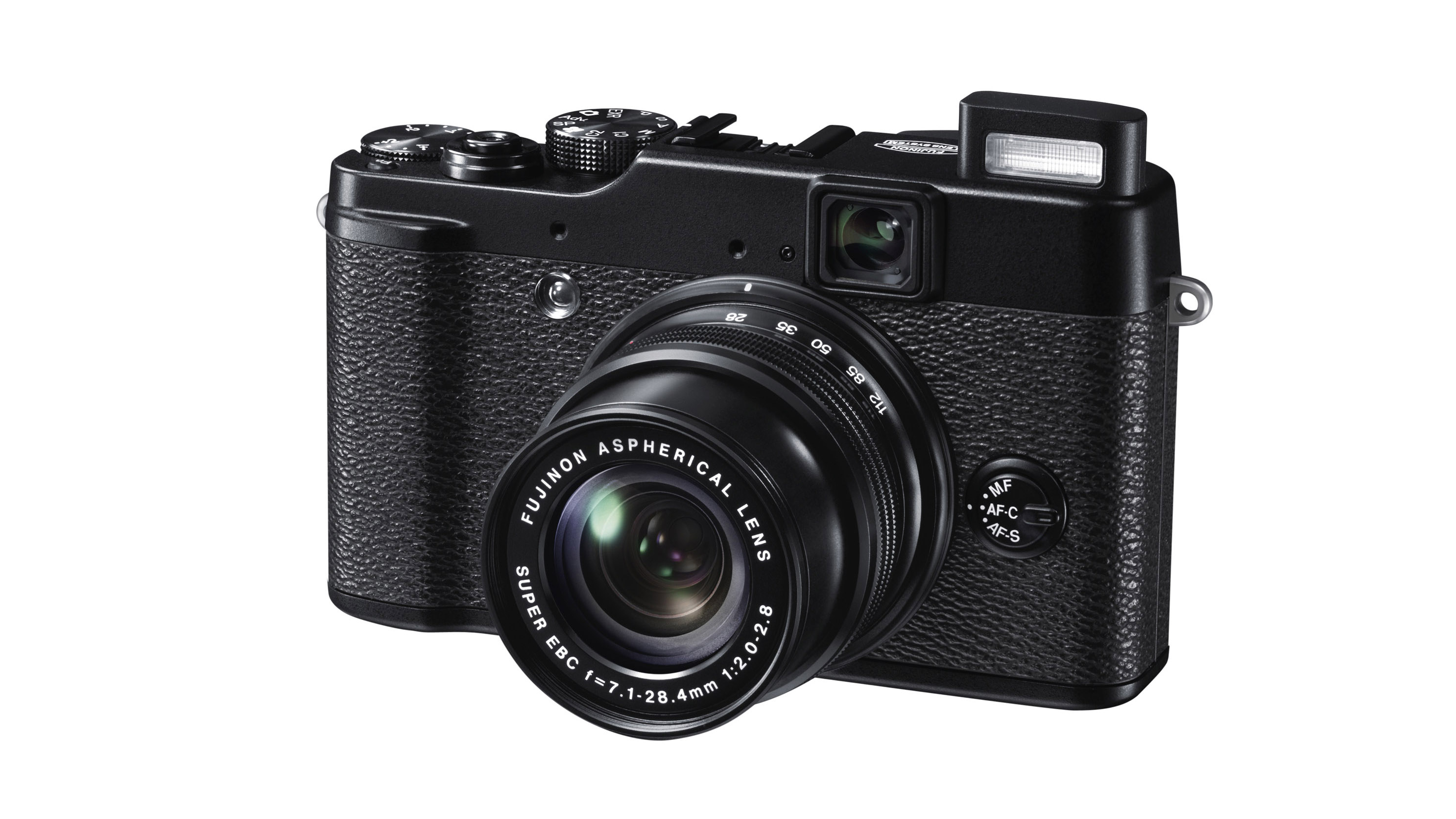Why you can trust TechRadar
The chunky black metal body of the Fuji FinePix X10 is reassuringly well put together and the retro styling doesn't stop at the way the camera looks. A smart leatherette finish has been applied around the middle, providing a firm and comfortable grip over the camera body.
Controls are laid out in a mixture of retro and contemporary ways. Exposure modes and compensation are selected using chunky metal dials on top of the camera, with the shutter release placed in between. A threaded socket for attaching a cable release is inset into the shutter release, which is a feature rarely seen on modern cameras.
The rear has the controls you might expect to find on a typical digital compact camera, with four buttons along the side of the 460,000 dot 2.8-inch LCD screen and a directional/navigation control to the other side.
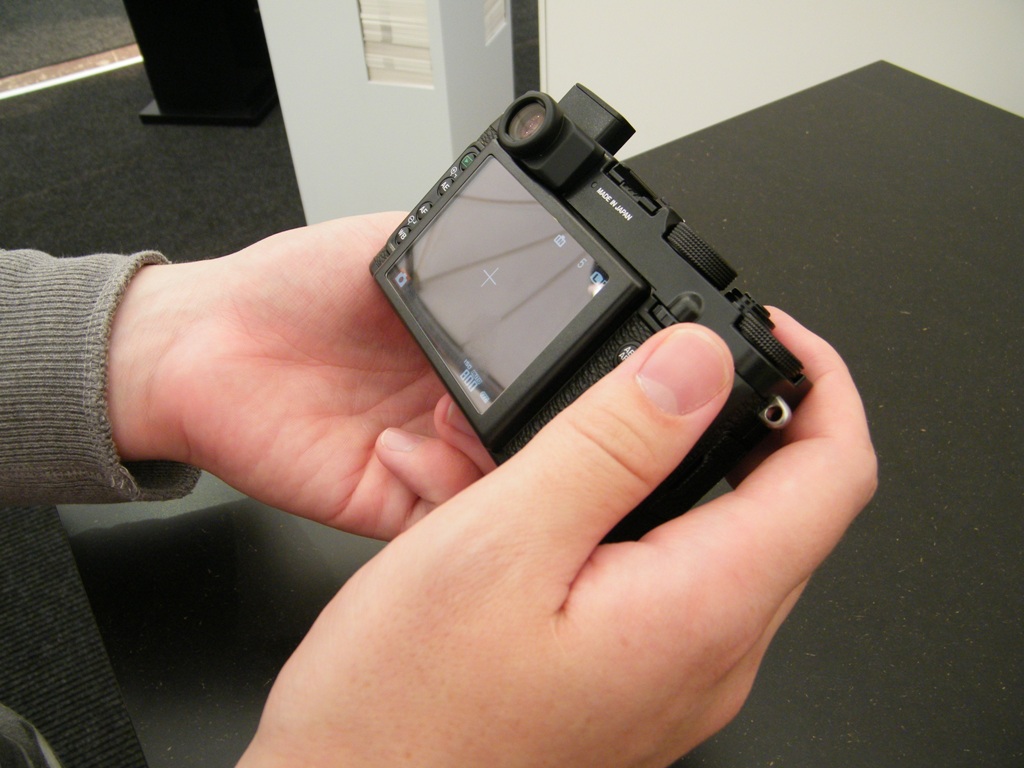
Two control dials for altering exposure provide direct access to any adjustments you may wish to apply. The thumb wheel placed near the top plate is very easy to operate, but the bezel-style ring placed around the buttons on the rear can be a little fiddly to use by comparison.
Images can be composed either on the LCD screen or in the optical viewfinder. The screen is bright, clear and has an excellent anti-reflective coating applied, which helps when using the camera in bright conditions.
The Fuji FinePix X10's viewfinder is also very bright and clear, plus unusually for a digital compact camera, it provides a decent sized view and is quite comfortable to use with glasses.
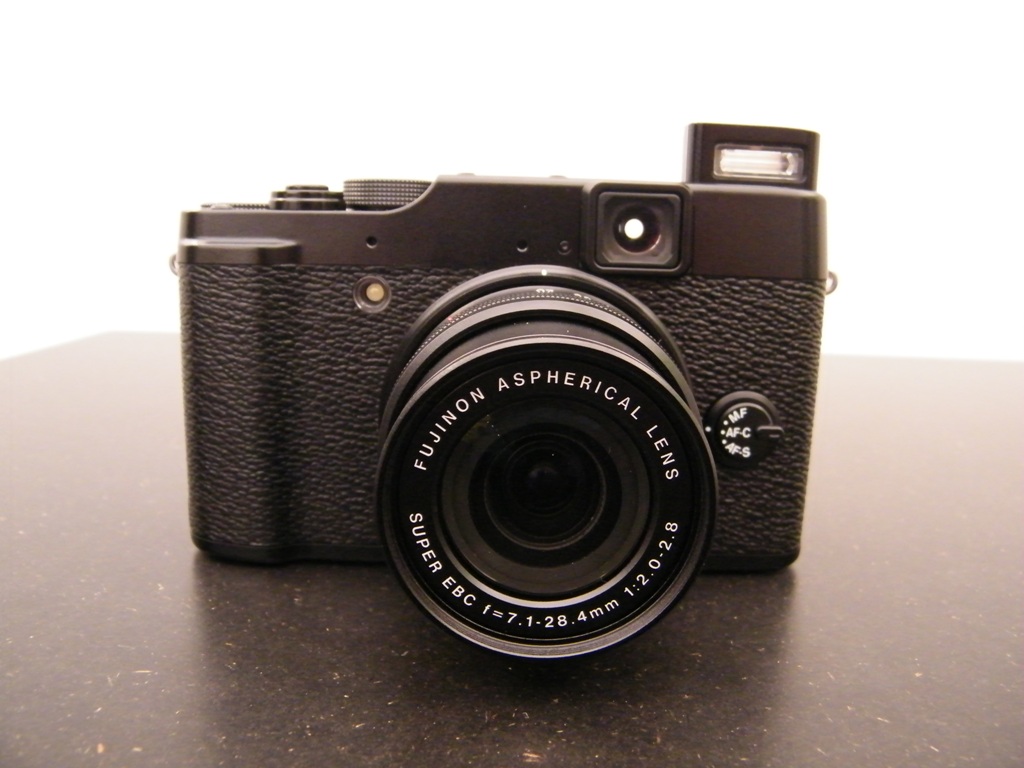
Unfortunately there are no markings in the viewfinder to signify where the focus point may be, even when it is fixed to the centre, so confirming sharp focus through the viewfinder is a matter of guesswork.
Still, it is quite useful when shooting in bright conditions at moderate apertures, where much of the scene will be in focus.
Located next to the viewfinder is a switch to activate the built-in flash unit, which sits flush inside the top plate of the camera. The flash is very small, but is still useful for occasional fill in.
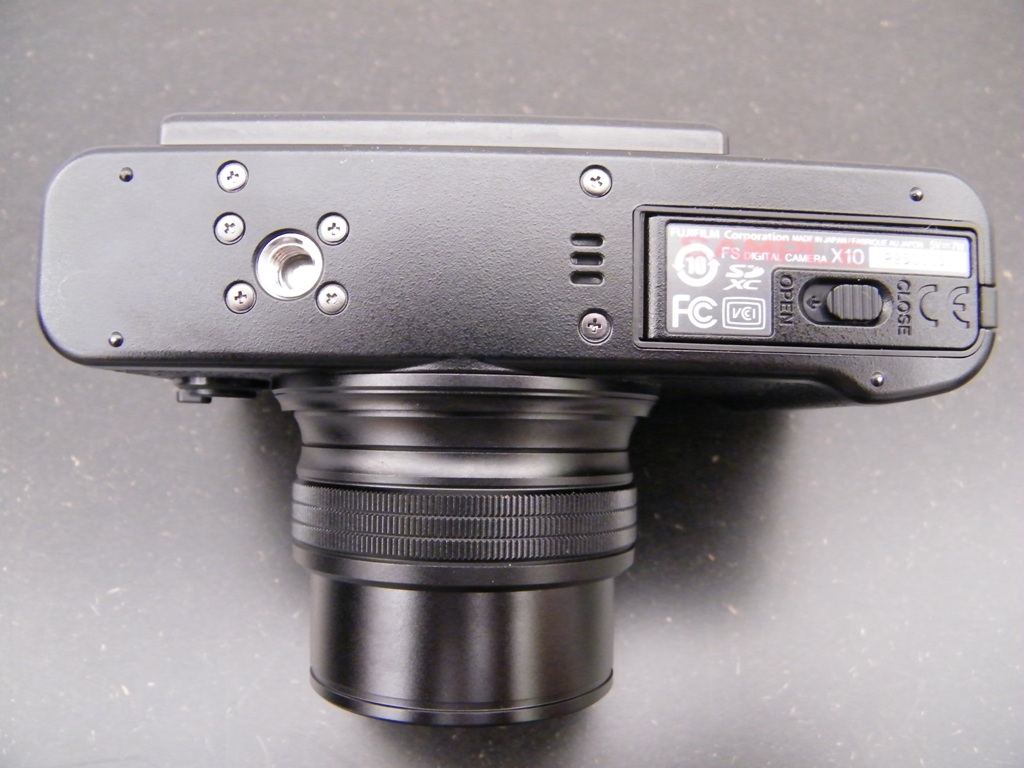
For situations where more demands are made of the flash, a standard hotshoe is provided. This enables Fuji's EF-42 and EF-20 TTL flashguns to be mounted and as it is a standard hotshoe, a wide range of accessories can be used, including wireless triggering systems or studio lights with an adaptor.
Flash can be synced at any shutter speed, right the way up to 1/4000sec, which may be of particular interest to those who use flash in bright conditions for creative effect.
In use, the Fuji FinePix X10 feels very responsive. Autofocus is quick and accurate under most conditions, although it can sometimes struggle to lock onto subjects in low light conditions. Once the camera is focused, there is little noticeable shutter lag.
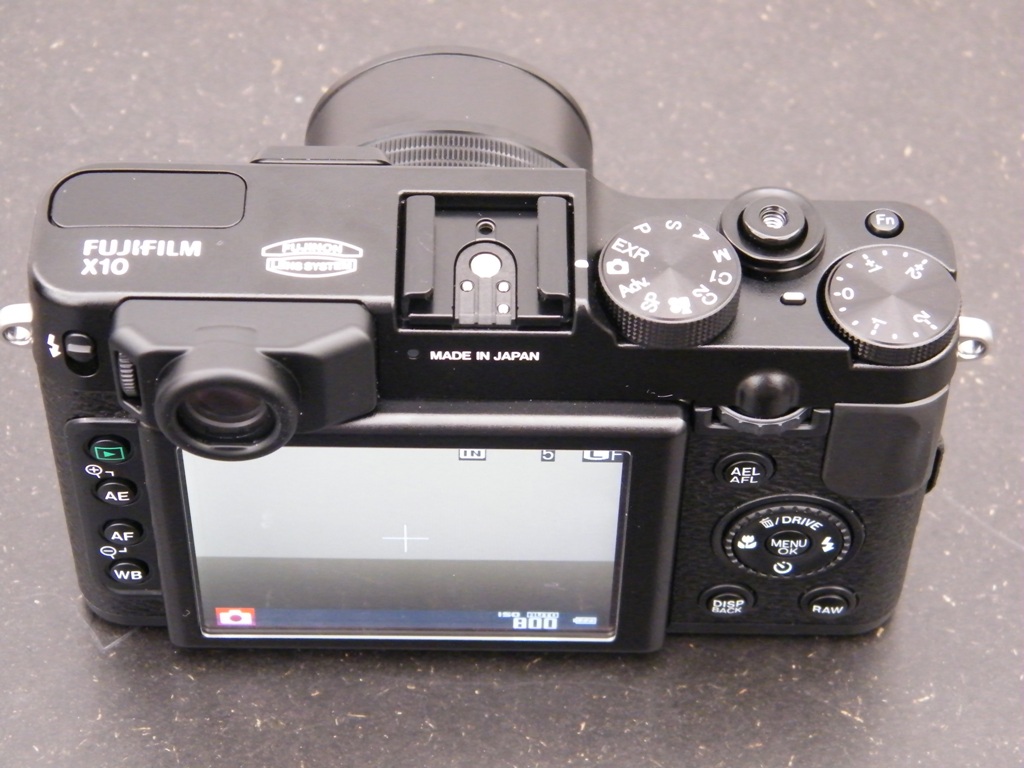
Menus are clear and easy to navigate too. The quick response and handling of the camera can be attributed to the dual-CPU EXR processor, which has two separate processing cores, just like you may find in many modern computers.
Even when shooting raw images, there is very little waiting around for the camera to catch up, especially when a suitable high-speed SD card is used.
